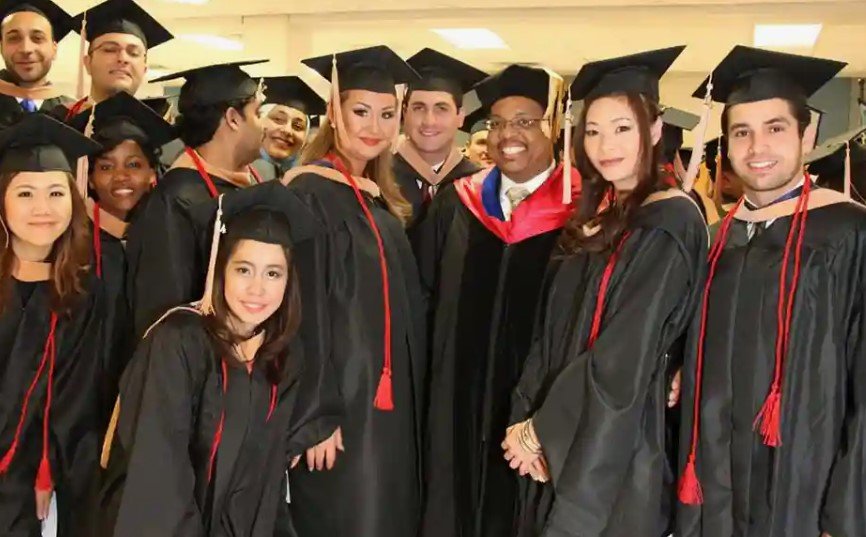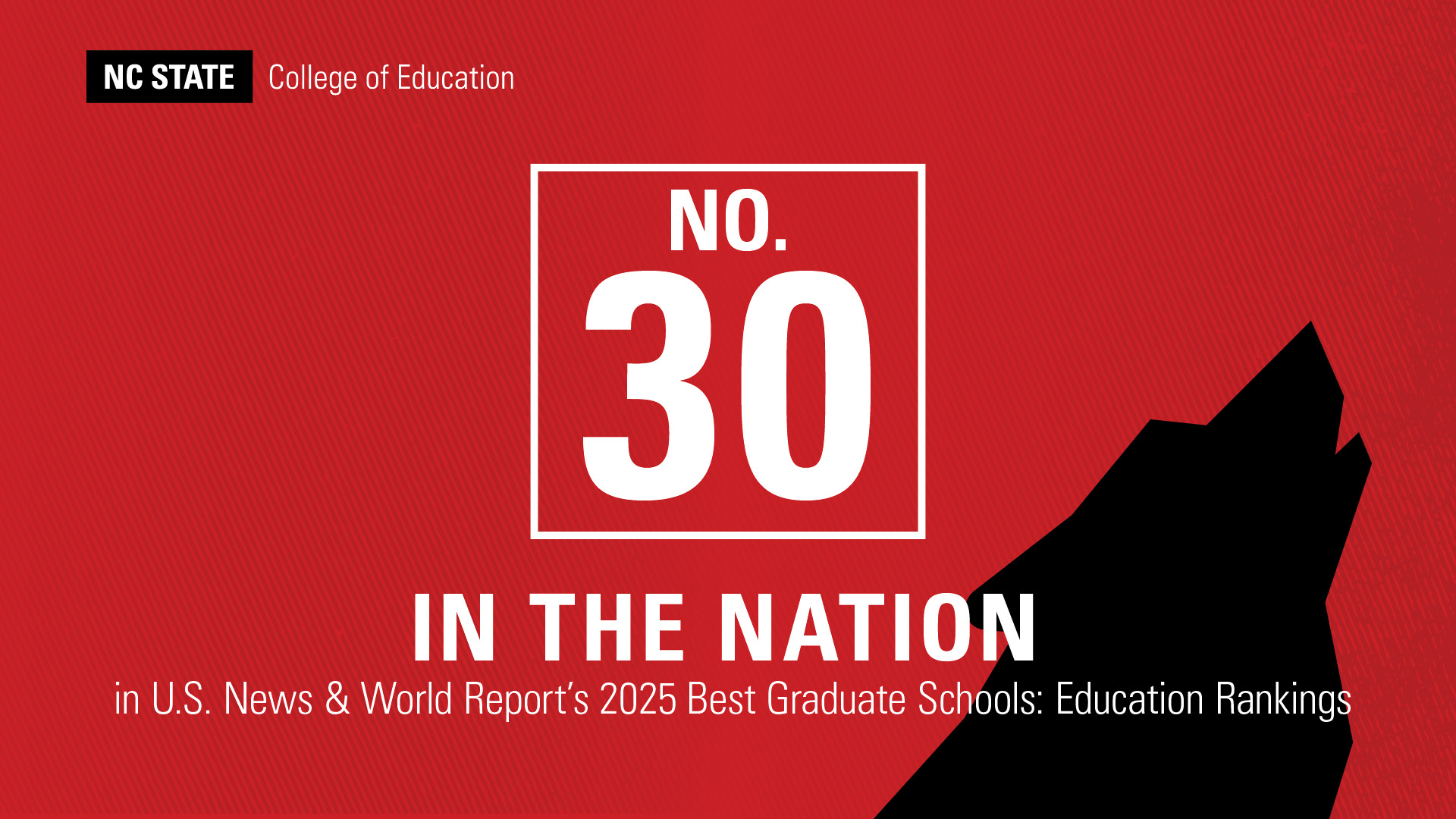The fundamental cause of poor outcomes in the US education system is the erosion of the instructional core and the design of the system for failure, resulting in students entering kindergarten with large learning gaps. The emphasis on high-stakes testing, regulation of federal funds, and the focus of the high school curriculum are major issues in American education.
Exciting developments in education include a renewed focus on school connectedness, building relationships with students, and promoting resilience. To stay updated on the latest news and commentary on education in the US, you can visit US News, Education Week, NBC News, USA Today, or CBS News.
Additionally, the US Department of Education and AP News provide press releases and updates on education.
Challenges in the US Education System
The US education system is grappling with several significant challenges that impact the quality of education and the prospects of the students.
Inadequate Funding
The educational institutions in the United States are facing inadequate funding, which hampers their ability to provide quality education. Budget constraints often lead to overcrowded classrooms, outdated resources, and insufficient support for special education programs. As a result, students are unable to receive the personalized attention and resources they need to excel in their studies.
Educational Inequality
Educational inequality remains a pressing issue in the US education system. Unequal access to quality education perpetuates disparities in academic achievement and future opportunities. Students from underprivileged backgrounds often face limited resources and support, which can hinder their academic success and long-term prospects. This inequality needs to be addressed through targeted initiatives and equitable resource distribution.
Impact Of Covid-19 On Education
The global pandemic of COVID-19 has brought unprecedented challenges to the field of education, revolutionizing how students learn and teachers instruct. The outbreak has prompted a rapid shift to remote learning, leading to a mental health crisis among students and educators.
Shift To Remote Learning
The abrupt shift to remote learning due to COVID-19 has transformed the traditional classroom setting into virtual platforms. Educational institutions had to adapt quickly to online teaching methods, tackling challenges like ensuring technological access for all students.
Mental Health Crisis
The prolonged isolation and uncertainty caused by the pandemic have resulted in a mental health crisis within the education sector. Students and teachers alike are experiencing heightened levels of stress, anxiety, and burnout due to the disruption in routines and lack of social interactions.
Breaking News: School Shooting Today
Tragically, news has come in of a school shooting incident today, reflecting the heightened vulnerabilities of educational environments amidst the ongoing challenges of the pandemic and the existing societal issues.
Amidst these extraordinary circumstances, it is crucial for education stakeholders to prioritize mental health support and implement strategies to address the challenges faced by students and educators during these unprecedented times.
Education Policy Reforms
In the dynamic landscape of education, policy reforms play a crucial role in shaping the future of learning. From Proposed Funding Changes to Curriculum Adaptations, these initiatives are pivotal in enhancing the quality and accessibility of education for all.
Proposed Funding Changes
One significant aspect of education policy reforms is the proposed funding changes aimed at strengthening educational programs and services. These alterations seek to optimize resource allocation and ensure that schools have the necessary financial support to provide quality education to students.
Curriculum Adaptations
Another key area of focus in education policy reforms is curriculum adaptations. By updating and modernizing curricula, educational institutions can meet the evolving needs of students in a rapidly changing world. These adaptations aim to integrate new knowledge and skills, equipping learners for success in the 21st century.
Innovations In Teaching Methods
Modern-day educators are continuously exploring new approaches and techniques to enhance the learning experience for students. Innovations in teaching methods have become a vital aspect of the education landscape, paving the way for more interactive and effective learning environments. This article delves into the latest developments in teaching methods, focusing on technology integration and experiential learning.
Tech Integration
With technology becoming increasingly prevalent in various facets of society, its integration into the education sector has revolutionized the way students learn. Embracing digital tools enables educators to engage students through interactive lessons, simulations, and multimedia resources. This integration not only fosters a deeper understanding of the subject matter but also cultivates essential digital literacy skills that are indispensable in today’s technologically driven world.
Experiential Learning
Experiential learning emphasizes hands-on, real-world experiences to facilitate a deeper comprehension of academic concepts. By immersing students in practical applications of theoretical knowledge, educators enable them to grasp the material in a more profound and enduring manner. This approach cultivates critical thinking, problem-solving, and collaboration skills, preparing students for success in their future endeavors.
Higher Education Trends
Stay updated with the latest trends in higher education through US Education News Today. Get insights on the challenges and developments in the American education system, including the focus on school connectedness and building relationships with students.
Rise In Online Degrees
The higher education landscape has witnessed a significant rise in the popularity and accessibility of online degrees. In today’s fast-paced digital world, online learning has become an attractive option for students looking to pursue higher education. With the advancements in technology, students can now earn degrees from esteemed institutions without the constraints of physical location. This trend has opened up opportunities for individuals who may not have had access to traditional education due to various reasons such as work commitments, family responsibilities, or financial constraints.
Online degrees offer flexibility and convenience, allowing students to balance their education with other aspects of their lives. Students can access course materials, participate in discussions, and submit assignments at their own pace and schedule. This flexibility is particularly beneficial for working professionals seeking to enhance their skills and career prospects. Additionally, online degrees often have lower tuition costs compared to traditional on-campus programs, making education more affordable and accessible for a wider population.
Another advantage of online education is the wide range of programs and disciplines available. Students can choose from various fields of study, ranging from business and technology to healthcare and liberal arts. This allows individuals to pursue their passions and interests while acquiring the knowledge and skills needed for their desired career paths.
Student Loan Debates
The issue of student loans continues to be a subject of debate and concern in higher education. Rising tuition costs have led to an increase in student loan debt, impacting the financial well-being of individuals and the overall economy. The debate surrounding student loans revolves around the consequences of high debt burdens and the potential solutions to alleviate the burden on students.
One proposed solution is the expansion of financial aid programs and scholarships to reduce the need for students to rely heavily on loans. This would provide more opportunities for students from low-income backgrounds to pursue higher education without incurring significant debt. Additionally, the discussion on student loans also encompasses the need for enhanced financial literacy and education. By equipping students with the knowledge and skills to make informed decisions about loans, they can better manage their finances and avoid excessive debt.
Furthermore, there are ongoing discussions on potential reforms to the student loan system, such as loan forgiveness programs and income-driven repayment plans. These reforms aim to provide relief to borrowers by easing the burden of repayment based on income and financial circumstances. Advocates argue that such reforms would enable individuals to focus on their careers and contribute positively to the economy, rather than being overwhelmed by loan payments.
Overall, the debates surrounding student loans highlight the need for comprehensive and sustainable solutions to address the challenges posed by the increasing debt burden. By finding equitable and practical approaches, the higher education system can ensure that students have access to quality education without compromising their financial well-being.
Teacher Shortage And Retention
The education sector is facing a critical challenge in teacher shortage and retention. The ability to recruit and retain qualified educators is essential to ensure the quality of education for students.
Recruitment Struggles
Recruiting teachers has become increasingly difficult due to various factors such as low salaries, high workloads, and limited professional development opportunities. In many regions, the demand for teachers far exceeds the supply, leading to understaffed schools and larger class sizes.
Professional Development Initiatives
In response to the teacher shortage crisis, educational institutions are implementing professional development initiatives to support teachers in improving their skills and job satisfaction. These initiatives focus on continuous learning, mentorship programs, and creating a supportive work environment that encourages retention.
Equipping Students For Future Careers
As the landscape of the job market continues to evolve rapidly, it is crucial for educational institutions to equip students with the necessary skills and knowledge to succeed in their future careers. To achieve this, a focus on STEAM Education and Job Market Alignment has become increasingly important.
Steam Education
The integration of Science, Technology, Engineering, Arts, and Mathematics (STEAM) into the educational curriculum is essential for fostering creativity, innovation, and problem-solving skills among students. By emphasizing interdisciplinary learning, students are better prepared to tackle real-world challenges and adapt to the dynamic nature of modern careers.
Job Market Alignment
Aligning educational programs with the demands of the job market is imperative to ensure that students are equipped with relevant skills and expertise. This alignment involves close collaboration between educational institutions and industry leaders to identify emerging trends and incorporate them into the curriculum. By staying abreast of the evolving job landscape, students can be better prepared for the demands of future careers.
Parental Involvement In Education
Parental involvement in education plays a crucial role in a child’s academic success. When parents are actively engaged in their child’s learning journey, it can lead to improved grades, behavior, and overall well-being.
Navigating Remote Learning
Navigating remote learning presents a new set of challenges for both parents and students. The shift to online education requires parents to support their children in adapting to virtual classrooms, technology use, and staying motivated.
Mental Health Support
Mental health support is essential for students, especially during these challenging times. Parents need to prioritize their child’s emotional well-being and provide a supportive environment for open communication and seeking professional help if needed.
When it comes to parental involvement in education, communication between parents and teachers is key. By staying informed about their child’s progress, parents can address any issues early on and support their academic growth.
Frequently Asked Questions
Why Is United States Education Falling Behind?
The United States education system is falling behind due to an eroded instructional core and system designed for failure. Pre-K gaps in readiness to learn contribute to poor outcomes. High-stakes testing, federal fund regulations, and high school curriculum focus are major issues.
The renewed focus on school connectedness and resilience is promising.
What Is The Most Exciting Thing Happening In Education Today?
Exciting things in education today include school connectedness, fostering student relationships, and promoting resilience among learners.
What Do You Think Our Biggest Education Issue Is In The United States?
The biggest education issue in the United States is the emphasis on high-stakes testing, federal fund regulation, and the high school curriculum.
Conclusion
Education policies have a significant impact on students. With a growing focus on school connectedness and resilience, positive changes are on the horizon. However, high-stakes testing and federal fund regulations are still pressing issues. As educators strive to address these challenges, it’s crucial to prioritize student well-being for a brighter educational future.





